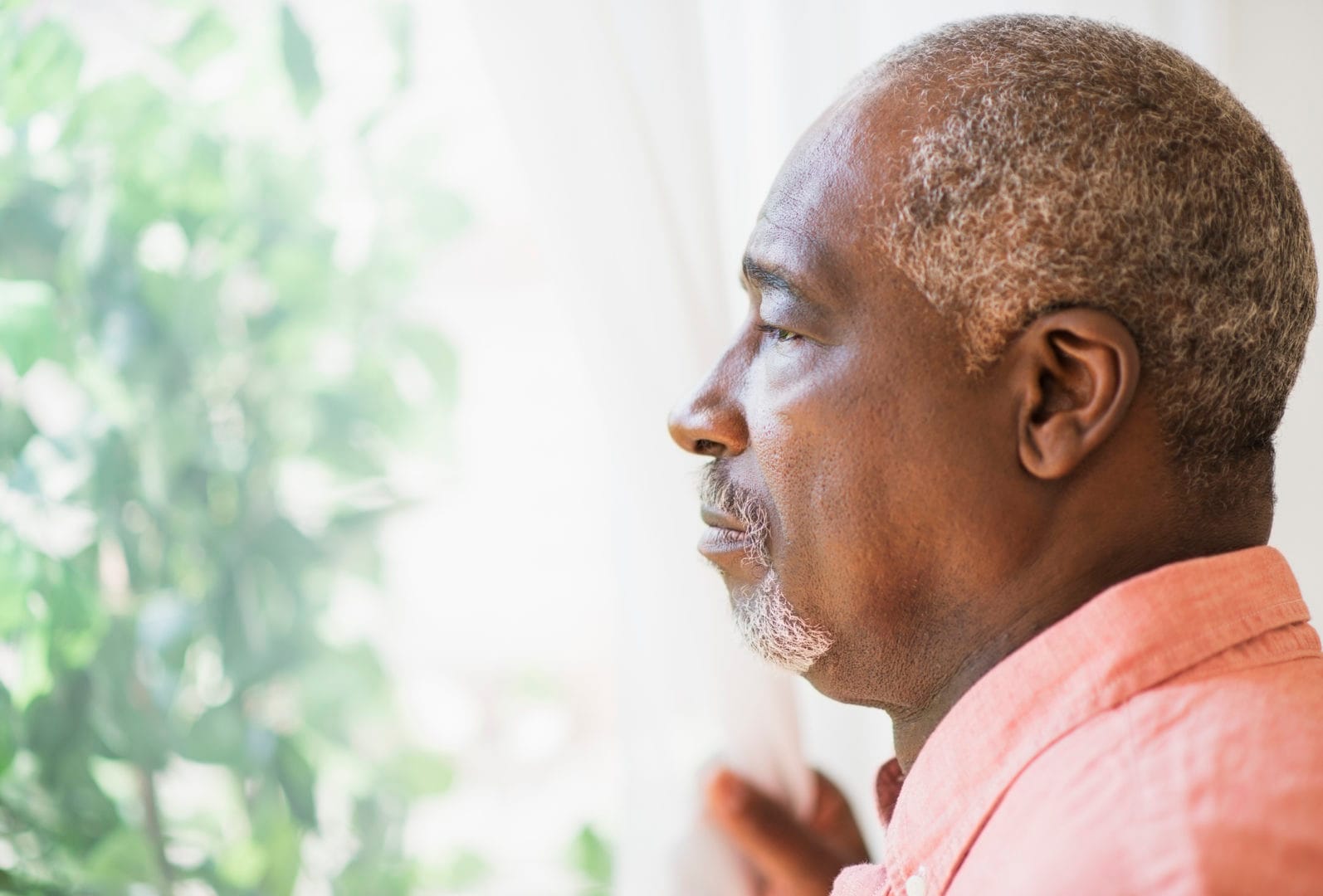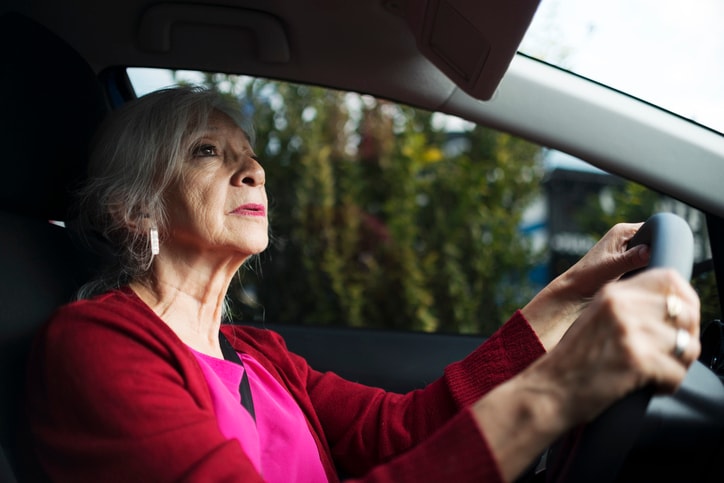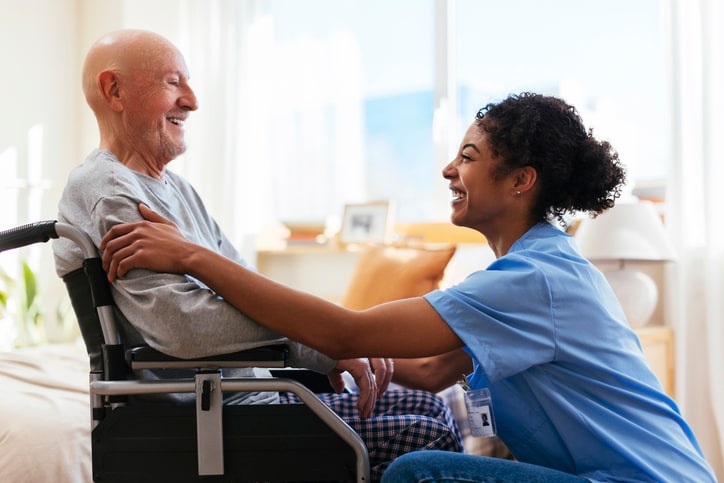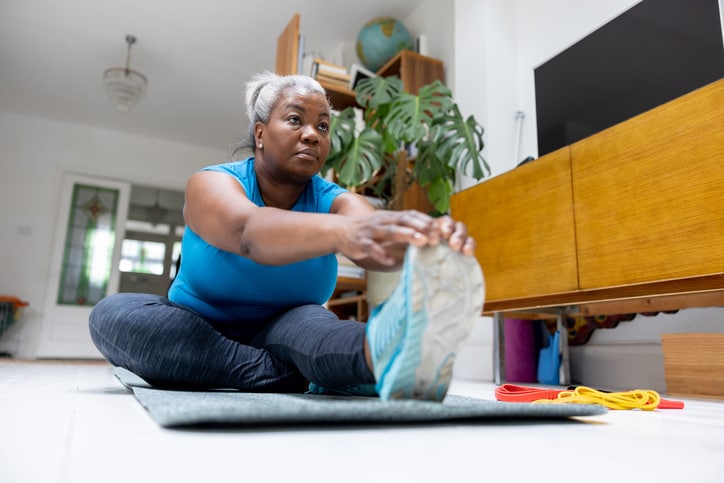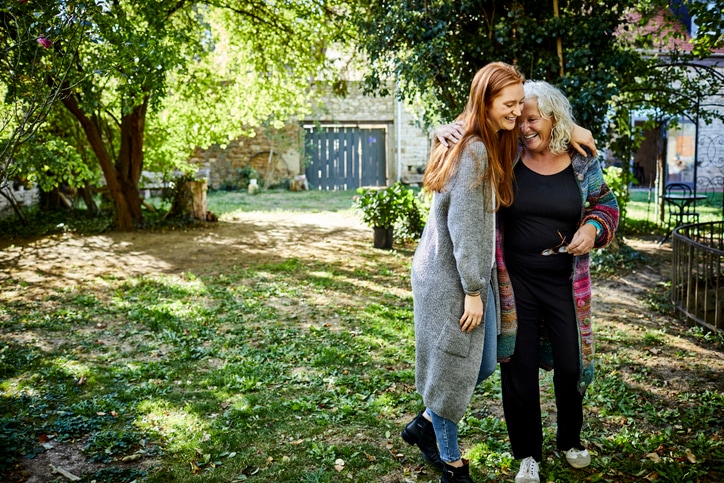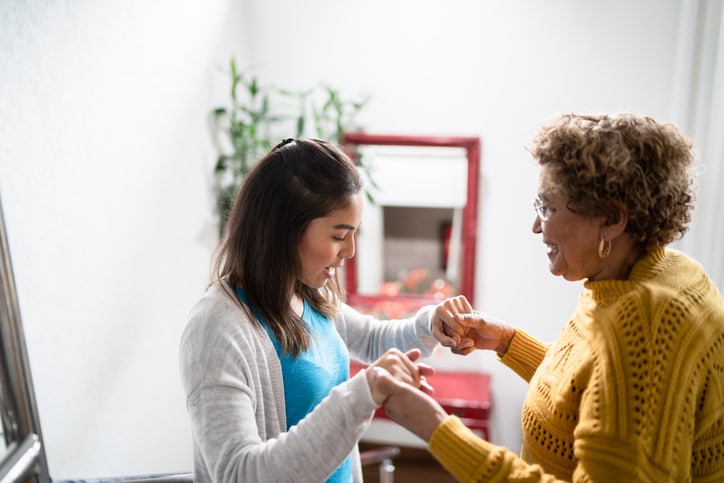Early in the pandemic, in April 2020, COVID-19 outbreak took place at an Atlanta-based nursing home where almost all residents of the 186-bed facility are Black. More than 120 residents and staff fell ill, according to the Washington Post. This is just one alarming example of many that underlines how the racial divide is putting aging Black Americans at increased risk of infection — a fact that experts are now aiming to highlight.
“The devastating impact being felt by Black seniors should come as no surprise,” notes Ayesha Bell Hardaway, a law professor at Case Western Reserve University in Cleveland and co-director of the Social Justice Institute (SJTI), a nonprofit that provides development and learning opportunities to social justice educators. “Marginalized populations, including Black, Indigenous and Latino people, have been forced into substandard conditions that span every area of life – housing, education, employment, nutrition and even healthcare.” It’s for that reason that this moment reminds Hardaway of a long-standing saying in the Black community: “When white people catch a cold, Black people come down with pneumonia.”
Here, how recent data reflects the extent of the crisis, how it sheds light on a systemic issue and what can be done.
What the data illustrates
Since the early days of the pandemic, we’ve known that aging Americans are especially vulnerable to the novel coronavirus. Statistics from the Centers for Disease Control and Prevention (CDC) show that the greatest number of COVID-related deaths have occurred among people 65 and older. But when race is accounted for, outcomes are even more grim.
A Kaiser Health News analysis of data from the CDC found:
-
African Americans aged 65 to 74 died of COVID-19 five times as often as whites.
-
In the 75-to-84 group, the death rate for Black seniors was 3.5 times greater.
-
Among those 85 and older, Black seniors died twice as often.
-
In all three age groups, death rates for Hispanics were higher than for whites but lower than for Black seniors.
“The racial disparities that we are seeing in the pandemic — including the higher rates of infection and death — in the U.S. are tragic and preventable, but they are also unsurprising,” says Courtney Boen, a doctor of sociology and assistant professor at the University of Pennsylvania, who examines patterns of racial inequality in population health. “Stark racial disparities, including Black-white inequalities in death and disease, date back to the earliest health records of the United States and result from the unequal social and economic conditions experienced by Black and white Americans, including older adults.”
What’s at the root of the data
The main issue fueling higher rates of COVID-19 infection among Black seniors is systemic racism, which manifests in a variety of ways.
Economic and career inequality: “Older Black adults are more likely than white older adults to face financial difficulties that require them to work — disproportionately in low-income, ‘essential’ jobs, which increases their risk of infection,” notes Boen.
Healthcare inequality and insecurity: Racial inequalities and biases in the U.S. healthcare system are at the core of higher COVID death rates among Black seniors. Many Black seniors lack access to established, competent healthcare relationships, notes Hardaway.
And Black adults also have higher rates of many of the chronic health conditions that increase risk of COVID death, including diabetes, hypertension, asthma and obesity, points out Boen. “The higher burden of chronic disease among older Black adults is because racism has patterned exposure to social and economic risks — including high levels of discrimination, high exposure to stress, low access to financial resources and opportunities — in ways that harm Black individuals’ health,” she explains.
Racial residential segregation and housing inequality: “Black older adults live disproportionately in crowded housing and in multigenerational households, which again increases risk of infection,” notes Boen.
Lower-quality nursing homes: “Compared to white older adults living in long-term care facilities, Black older adults live in lower quality nursing homes, with fewer resources to control spread of infection,” says Boen.
“All of these social factors that put people at greater risk of infection are by social design and disproportionately impact people of color and poor communities, including Black older adults,” notes Boen.
How we can think about and address these disparities
The pandemic has shed light on a bevy of existing disparities that are long overdue for acknowledgment and rectification, and the increased health risks faced by Black seniors, as the result of racism, is no different.
“We often think about aging as a natural process, where people get sicker and frailer as they get older,” says Boen. “But the rate at which our bodies age is in large part determined by the social and economic conditions in which we live. Because of racism, Black individuals in the U.S. are exposed to more health-harming risks and environments from birth through late life, which puts their health at greater risk starting at younger ages than white Americans. This makes Black individuals of all ages — but particularly at older ages — more vulnerable in the pandemic.”
Although social and political decisions have been made over centuries to create this problem, the good news is that we can design policies and practices to undo them, says Boen.
“There are a number of concrete steps that we could take today to improve the outcomes among Black older adults in the pandemic,” she says. These include:
-
Prioritizing access to testing and PPE for the hardest hit communities, including poor disproportionately Black neighborhoods and nursing homes that serve Black older adults.
-
Designing economic relief packages to meet the financial and housing needs of older Black adults, including providing direct cash benefits and housing security by imposing eviction and foreclosure moratoriums.
-
Ensuring that existing hospital protocols do not disproportionately harm Black older adults by ensuring equal access to hospital resources like ventilators, regardless of preexisting health conditions.
In a recent TheHill.com op-ed, Boen and colleagues also urge Americans to self-reflect, concluding, “A pandemic reminds us that our lives — and fates — are interconnected. It also spotlights existing inequalities that unfairly leave the most vulnerable bearing the greatest economic and human loss. It’s time to decide what we’re willing to do to change that.”
